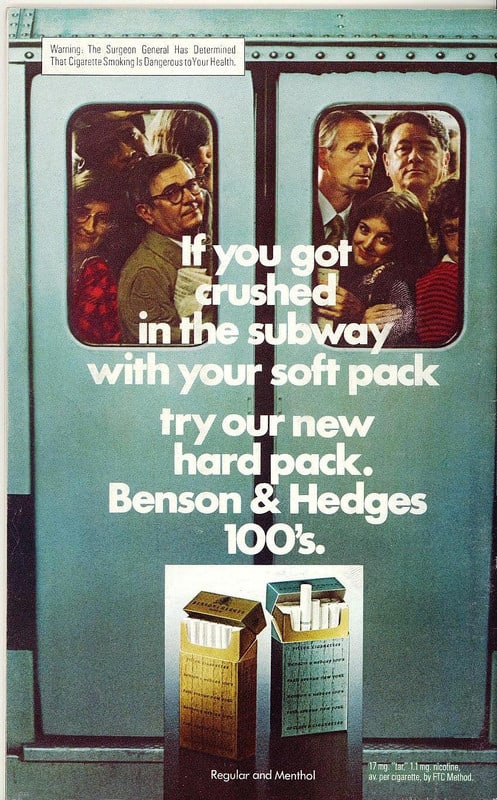
.
ニューヨーク・フィルハーモニックの定期はずっと前から週4回同じプログラムを繰り返す、のパターンで長いシーズンを乗り切ります。
秋山のニューヨーク・フィルハーモニック・デビューは以下の公演です。
.
1976年1月8日(木)
1976年1月9日(金)
1976年1月10日(土)
1976年1月13日(火)
フィルハーモニック・ホール
.
ドビュッシー イベリア
ショパン ピアノ協奏曲第1番
ピアノ、ゲイリー・グラフマン
オネゲル 交響曲第3番 典礼風
.
秋山和慶 指揮 ニューヨーク・フィルハーモニック
.
初日1月8日の翌日に、ニューヨーク・タイムズに超辛口評論家ハロルド・ショーンバークの評がのりました。
その記事と河童意訳を。
ご自分で訳したい方のために、下の方に原文を打ち込んであります。
.
●
秋山和慶、初めてニューヨーク・フィルハーモニックを振る!
ハロルドC.ショーンバーク 記
31歳になる日本人、秋山和慶がこのマンハッタンにおいて、アメリカのシンフォニーオーケストラの指揮者として、昨晩初めてニューヨーク・フィルハーモニックを振った。
(河童注1)
秋山氏のプログラムは、ドビュッシーのイベリア、ゲイリー・グラフマンのソロでショパンの第1協奏曲、それにオネゲルの典礼風。
出足はいい状態ではなかった。ドビュッシーの虹色の音楽は、むしろ荒々しいサウンドの演奏を被ってしまった。アクセントを強く打ち、多くのソノリティをかき回し、演奏は重く傾いていってしまった。この音楽に必要なのはエレガンスさとか、秋山氏の普段発揮している能力とは異なる軽い腕の運びといったものだ。
*
ドビュッシーに比べオネゲルは、大変にいい出来だった。
この、交響曲第3番典礼風は1946年、親友のシャルル・ミュンシュのために作曲されたもの。オネゲルのこの曲は、ミュンシュやクーセビツキーといったよき理解者たちのおかげで、当時何度も取り上げられた。
オネゲルは今日ではヒンデミットと同じで、評価は今では断片的なものになっている。
歴史はそうではないというかもしれないが、この交響曲のような音楽に永続的価値をみいだすのは困難に思う。
快活なのに方向性が異なるような、不協和音、腹を立てる人、車の流行、そんな中で進む。
どんな場合も、秋山氏が感じたのは音楽であって、彼はヒステリーにならずに、第1楽章の粗野なソノリティをさばいた。また、注意深くアダージョの旋律を整えた。
彼はさらにショパンの協奏曲においては着実に正確な伴奏を行なった。グラフマン氏はこの曲をこれまで何度も弾いているが、この日はそれまでとは一つ違いがあった。15年前彼は省略版で弾いていた。古い慣習でオーケストラ導入部分の省略を許容していたのだが、この日はショパンが作曲したとおりのものであった。
*
グラフマンの演奏は昔同様素晴らしいもの。彼はいつでも厳格なピアニストである。
このもっともロマンティックな協奏曲においてさえ若い時からしっかりとした、文字通り20世紀的アプローチで演奏していた。
彼の解釈は同じく文字通りかなり潔癖でこうるさく、良く体系化されているが妙に色がない。このようなことは、彼から受ける印象から判断して少数意見だ。
鍵盤を征服する能力はもちろん疑う余地がなく、よく訓練された指は全ての音符を、(まぁ、ほぼ全ての音符を)弾くことができた。
しかし、この協奏曲はある意味リラックス、洗練されたサウンド、デリケートなルバートが必要なのだが、これらの何もほとんど出てこなかった。
*
(河童注1)当時31歳というのは誤り。1941年生まれですから1976年デビュー時35歳。
●
Kazuyoshi Akiyama Leads Philharmonic First Time
By HAROLD C. SCHONBERG
Kazuyoshi Akiyama, the 31-year-old Japanese conductor who has been active in this city as conductor of American Symphony Orchestra, faced the New York Philharmonic for the first time last night. His program consisted of Debussy’s “Iberia,” Chopin’s E minor Piano Concerto with Gary Graffman as soloist and Honegger’s “Liturgique” Symphony.
He did not start off at his best. Debussy’s iridescent score received a rather rough-sounding performance. Mr. Akiyama leaned heavily on the music, pounding out the accents and getting many of the sonorities muddled. This score needs a quality of elegance and a light wrist that is not part of Mr. Akiyama’s normal equipment.
*
The Honegger went much better. This Symphony No.3, the “Liturgique,” was composed in 1946 for Honegger’s good friend Charles Munch. Honegger, thanks to such eloquent exponents as Munch and Koussevitzky, received many performances those days. Todays, like Hindemith, he is a composer whose reputation is but a fraction of what it was.
History may decide otherwise. But it is hard to see the lasting value of such a score as this Symphony No.3. It goes on in dissonant, angry-man, motoric fashion, with a good deal of muscularity but not much in the way of idea. In any case, it was music that Mr. Akiyama felt. He handled the brutal sonorities of the first movement without getting hysterical, and he carefully shaped the lines of the adagio.
He also was steady, accurate accompanist in the Chopin E minor Concerto. Mr. Graffman has played this many times before. This time there was one difference. Fifteen years ago he was playing a cut version. In line with old-fashioned procedures, he allowed the orchestral introduction to be cut. This time there was the exposition as Chopin composed it.
*
Otherwise the performance was very much as it has been in the past. Mr. Graffman has always been a severe pianist. Even as a young man in this most romantic of concertos, he played with a tight, literal, 20th-century approach.
His interpretation remains very much the same-literal, rather prissy, well organized but unusually colorless.
This is a minority report, judging from the warm reception he received. There is no doubt, of course, about his ability to get over the keys, and Mr.Graffman, with his well-drilled fingers, was able to put every note?well, nearly every note?in its place , But the concerto cried for some relaxation, for a beautiful wash of sound, for a delicate rubato, Little of these were forthcoming
.
●
いまのところニューヨーク・フィルハーモニックをこの4回しか振っておりませんが、今後に期待しましょう。
.
ニューヨーク・フィルハーモニック・デビュー当時のアウトラインは以下。
.
1964-2004東京交響楽団音楽監督
1968-1969トロント交響楽団アシスタント指揮者
1972-1985バンクーバー交響楽団音楽監督、-85桂冠
1973-1978アメリカ交響楽団音楽監督
1985-1993シラキューズ交響楽団音楽監督、-93名誉
.
1976年のあたりは、バンクーバーso.とアメリカso.を振っていた頃、通奏低音は東響。
.
●
.
.
















